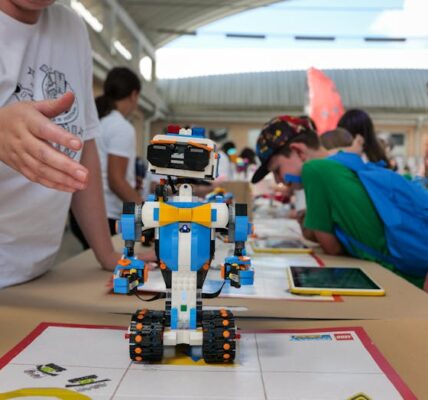Prompt Engineering Essentials for Scaling AI Solutions
Understanding the nuances of prompt engineering is crucial when aiming to scale AI effectively. Prompt engineering is the process of crafting inputs that guide artificial intelligence models, particularly those based on machine learning, to produce the desired outputs. This practice has become increasingly important as businesses look to leverage AI for growth and efficiency.
What is Scale AI Prompt Engineering?
At its core, scale AI prompt engineering involves developing prompts that can be scaled across various AI applications. This means creating prompts that are not only effective for a single task but can also be adapted for multiple use cases. It encompasses a deep understanding of the AI model’s capabilities, the context in which it operates, and the specific goals of the AI system within a business environment.
Foundations of Effective Prompt Engineering
Prompt engineering is about more than just writing commands; it’s about understanding the intricacies of human language and how AI interprets it. Here are some foundational steps to master prompt engineering:
- Contextual Awareness: Prompts should be designed with an awareness of the context in which they will be used, ensuring relevance and precision in AI responses.
- Clarity and Specificity: Clear and specific prompts help reduce ambiguity, guiding the AI to generate more accurate and useful outputs.
- Iterative Testing: Continuously testing and refining prompts is vital to enhancing their effectiveness and ensuring they remain aligned with evolving AI capabilities.
As AI models become more sophisticated, the role of prompt engineering in scaling AI initiatives becomes more pronounced. It is a bridge between human intent and machine intelligence, enabling AI to act as a powerful tool for businesses.
Strategies for Scaling Prompts in AI
Scaling AI prompts requires strategies that align with the growth of your AI systems. Here are some strategies to consider:
- Modularity: Design prompts that can be reused and combined with others to handle complex tasks without reinventing the wheel.
- Parameterization: Use parameters within prompts to easily adjust them for different scenarios or datasets.
- Automation: Automate the prompt engineering process where possible to handle the increased volume and variety of tasks as AI scales.
Successful scale AI prompt engineering is not just about the initial design but also about maintaining and improving prompts as your AI solutions grow.
Challenges in Scaling AI Prompt Engineering
Scaling AI prompt engineering is not without its challenges. These include managing the complexity of prompts as AI applications grow, ensuring consistency across different AI systems, and maintaining a clear understanding of how prompts affect AI behavior.
As scale AI prompt engineering becomes more complex, it’s essential to have a structured process in place to manage these challenges effectively. This may involve dedicated teams focused on prompt development and oversight or advanced tools that streamline the prompt engineering workflow.
Ultimately, the goal of scale AI prompt engineering is to enable AI systems to handle a wider range of tasks with greater autonomy while still aligning with the overarching business objectives.
Best Practices for Scale AI Prompt Engineering
To make the most of prompt engineering in AI scaling efforts, keep in mind the following best practices:
- Collaboration: Work closely with AI developers, data scientists, and subject matter experts to create prompts that are both technically sound and contextually appropriate.
- Continuous Learning: Stay informed about the latest AI research and trends to incorporate new techniques into your prompt engineering process.
- Feedback Loops: Implement feedback mechanisms to learn how prompts perform in the real world and make data-driven improvements.
Scale AI prompt engineering is a critical aspect of building robust and scalable AI systems. By focusing on the principles and strategies outlined above, businesses can ensure that their AI initiatives are well-positioned to grow and adapt to changing demands.








